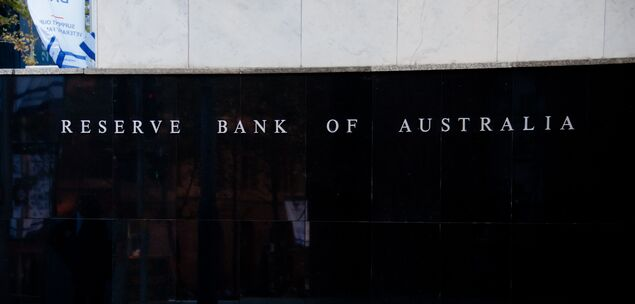The RBA cut the cash rate to 0.75 per cent after board members failed to see any stimulatory effects from government tax cuts and its two previous reductions.
The Reserve Bank’s decision to cut the cash rate to a fresh record low 0.75 per cent this month came after it failed to see stimulatory effects from its two previous reductions or government tax cuts.
Minutes from the RBA’s monthly meeting on October 1 showed board members noted weakening growth in the US, slowing economic activity in China, and continued concerns about the drag on the local economy from sluggish consumer spending.
With the cash rate – one of the key determinants of nationwide borrowing costs for consumers and business – already at a record low, the RBA had been holding off from further cuts in the hope of evidence June and July’s twin 0.25 percentage point cuts had helped stimulate spending.
“Members noted that there had not yet been evidence of a pick-up in household spending following the recent reductions in the cash rate and receipt of the tax offset payments, although they acknowledged that it may be too early to expect any signs of a pick-up,” read the minutes released on Tuesday.
The minutes noted that retail sales had remained subdued in July and that car sales had fallen in August.
Board members did express concern that, with Australia’s housing market already recovering in terms of prices and clearance rates, property prices might be “overly inflated” by lower interest rates as banks pass on their lower borrowing costs to consumers in the form of reduced mortgage rates.
“(But) members concluded that these various factors did not outweigh the case for a further easing of monetary policy,” the minutes showed.
“Members judged that lower interest rates would help reduce spare capacity in the economy.”
As it turned out, the big four banks of Commonwealth, Westpac, NAB and ANZ only passed on about two-thirds of the October cut in the form of lower owner-occupier mortgage rates.

